TSOTA x TRS Studio Visits is a collaboration between The State of the Arts and The Royal Standard. TRS is a an artist-led gallery, studio and social workspace in Liverpool, working with over 40 artists. Every month we will be presenting interviews and studio visits with artists working in the space and chatting to them about their process, tools and the meaning of art-making. This month, we chat with Becky Peach.
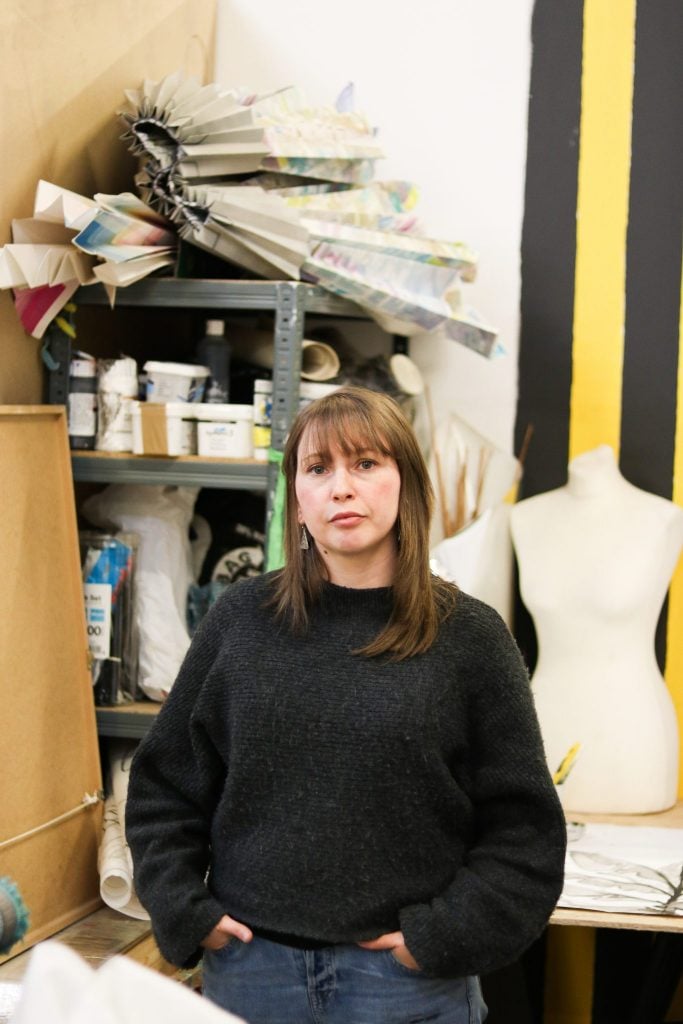
Credit: Benjamin Nuttall
What are the main themes for you, in terms of subject matter or starting points when making work?
I’m mostly inspired by interactions with and between people and places. I am fascinated by structures and rules (especially unwritten rules) that society has created to influence behaviour and our awareness of these. I’m interested in how much we notice about our surroundings when we are present in them but also our memory of them. What do we see? How much are we aware of our presence within them? How much of this experience is shared with others?
How I start when I’m making work can really depend. For instance, if I’m invited to exhibit in a specific place I tend to start by scouting the location. I might scan a place for features that I find interesting and take a photograph or sketch these. I may ask questions about the history of the site and this might inform the thinking behind what I exhibit there – it might be the way it is displayed or the work itself may include images that suggest some of this.
I also think about how I can engage people to become involved in the work. I think touch is an important sense when understanding the world around us so I consider how I can include a tactile element to the work so I think about how I can make things that can be interacted with physically.
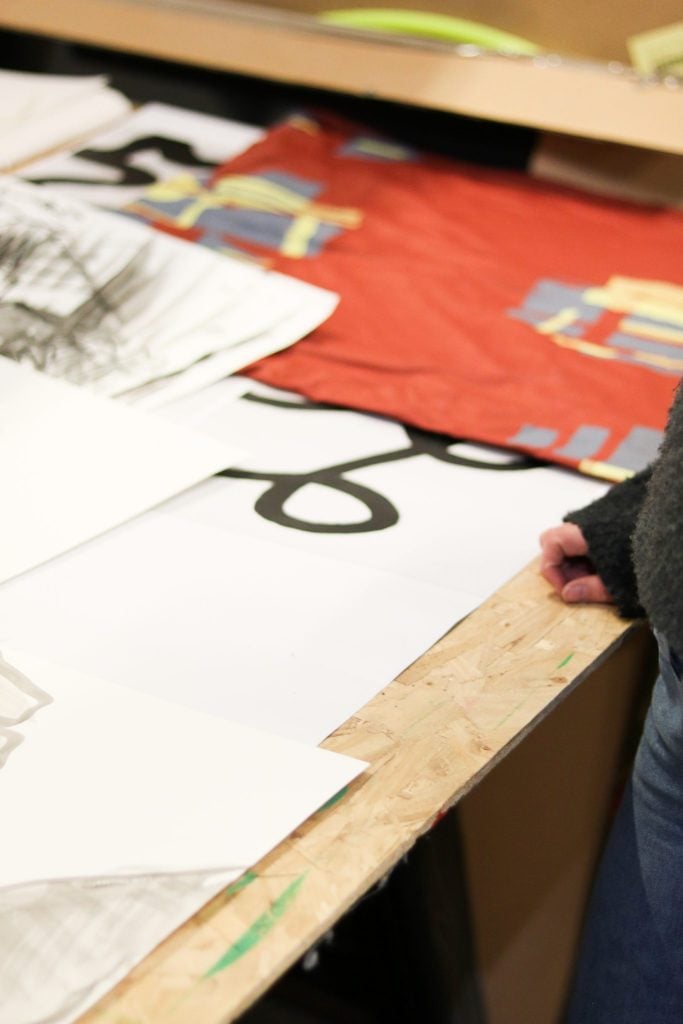
Credit: Benjamin Nuttall
You define your roles as Artist and Facilitator. What made you want to step out of the boundaries of art-making itself and engaging/ inviting others to join in?
I began facilitating out of concern for arts subjects being increasingly underrepresented and undervalued in our schools. Art subjects are not seen as core subjects under the English Baccalaureate and schools increasingly are having to make cuts to these areas. Art was pivotal for me growing up, enabling me to process some of the difficulties around my home life whilst becoming my own person. I feel it’s not only important to keep making but to share what I have and know with others so they can discover things about themselves and the world too. I have learnt so much from others, and have had so many beautiful experiences that I will continue to explore different ways to have these interactions.
In works like ‘Do Touch’ or ‘Let The Hands Do The Talking’ you create work and facilitate environments for people that encourage creativity through play and you’ve spoken about the importance of play for adults in general. How is play incorporated into your own creative practice? What does the creative process look like for you?
Play is about exploring different possibilities without concern of what may happen as a result. It is not about achieving an end goal but being in the moment and going with it.
The creative process for me is about trying new things and learning from those experiences. I’m always printing on different materials and learning new processes or methods of doing things. Sometimes to get me started on a project I may turn it into a bit of a game where I set a simple structure of rules to follow and see where that takes me…
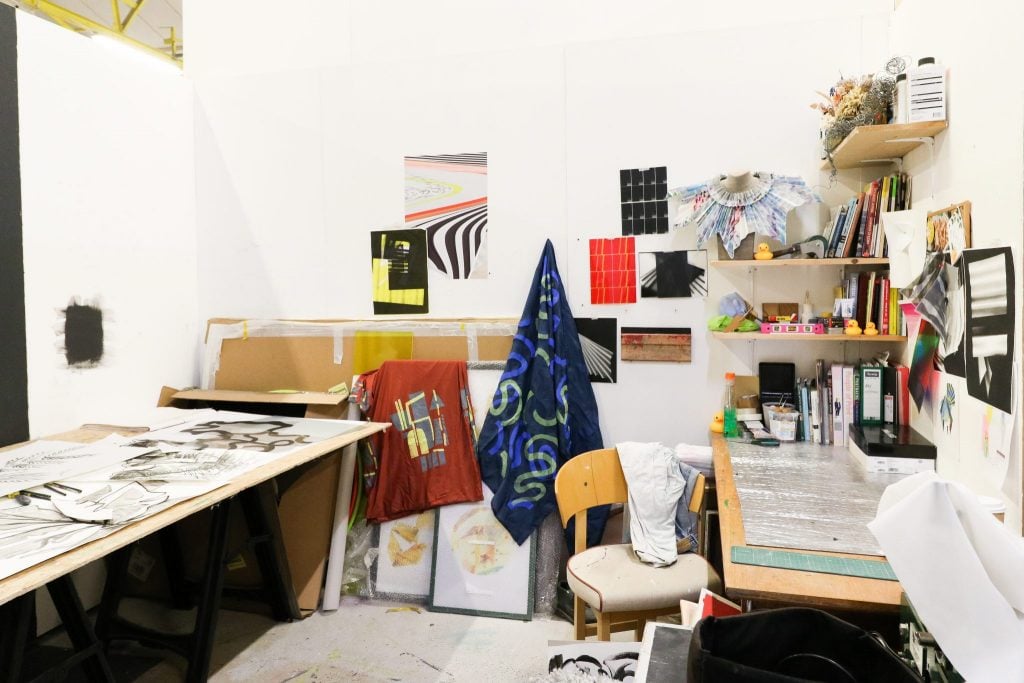
Credit: Benjamin Nuttall
Tell me about the print aspect of your practice: what techniques do you use? What was it initially about print that’s attracted you to it and what’s keeping you interested in exploring it further?
I mostly use screen print in my practice as it enables me to apply an array of imagery to a variety of materials. Although I also love etching, monoprint and linocut. I enjoy the process of making a print. I like the steps and stages involved in making a print and that it has its own set of rules to achieving an outcome. I like how the process commands an image and its intervention between yourself, the maker and the product.
I was initially drawn to printmaking for its historical relevance as a means of communication, enabling knowledge to be shared to a mass of people. Now I’d say it is more about the process itself – it demands physical labour, awareness and patience to create a print. It’s hard to focus on making a print whilst thinking about anything else so is a great exercise in mindfulness. It lets you explore lots of possibilities too using the same image or motif – you can vary colour, play with composition, be minimal in your approach or repeat things abundantly.
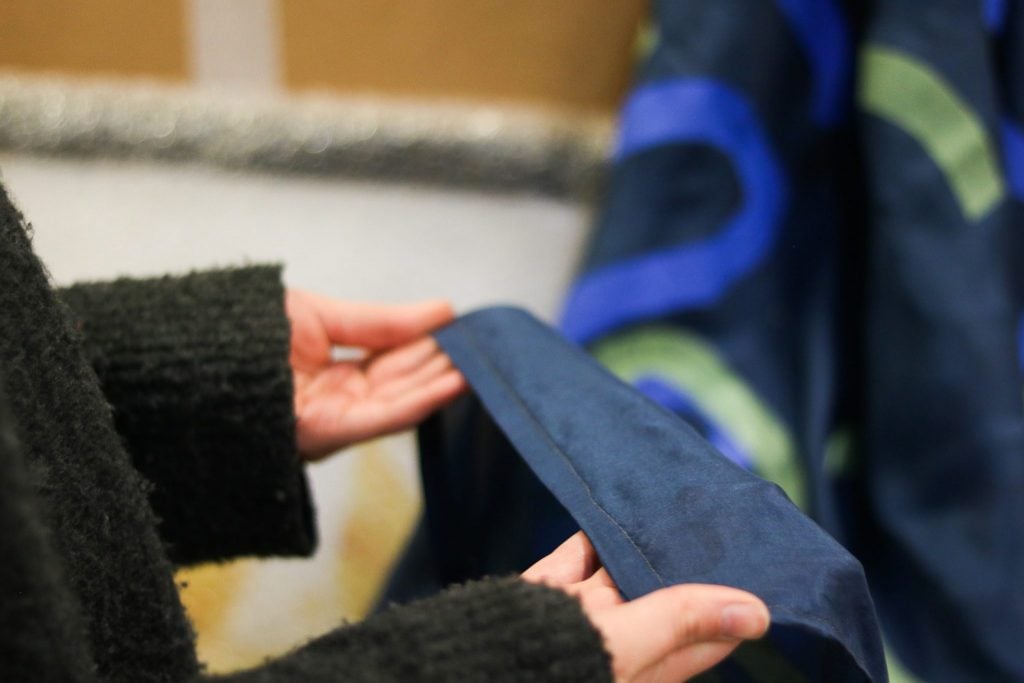
Credit: Benjamin Nuttall
When you include a tactile element in your work and you see people interacting with it – do you find that viewers are initially hesitant or are they quite quick to reach out and touch it?
Typically, I find viewers are hesitant to reach out. I’ve explored different methods of encouraging viewers to become ‘participants’. I’ve suggested it through the title of the work and by including instructions of how viewers can get involved. I find this quite problematic though as I don’t want to prescribe this too much. I’ve found implementing too many rules can create resistance too. In 2016, I exhibited with other artists from The Royal Standard in Nantes. I invited viewers to move objects around the site, leaving behind a polaroid picture of them touching the object before moving it. I was intrigued to see where objects got placed. I was conscious of the other artists’ works in the space becoming included in this so I created a guide of which items could be moved. At the start people were hesitant to become involved but as time went on people became more and more… willful I suppose – taking selfies and interacting with other artworks in the space.
More recently I’ve worked with performers to ‘set the stage’, inviting them to start the interaction, giving a kind of preview of how the works may be explored. This is something I’m looking to include more of.
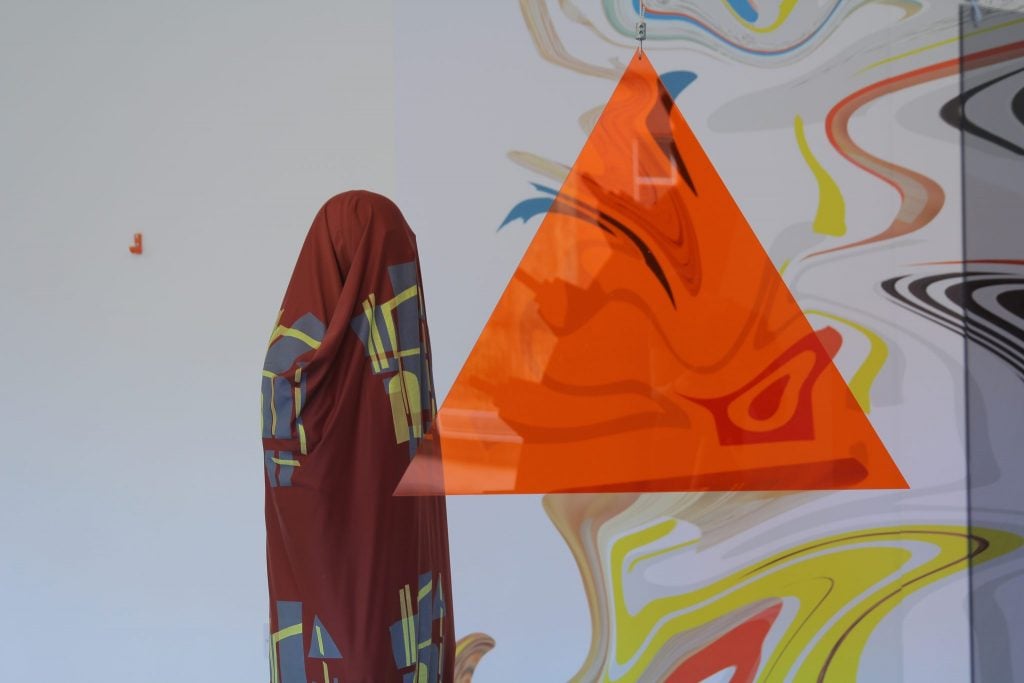
Becky Peach, ‘Moving in (Un)familiar Places’, 2018
In such a process-orientated practice, what is the one tool in your studio that you couldn’t work without?
I find myself reaching out for a pair of scissors a lot. I misplace them a lot too!
What are your future plans? Is there anything you’re looking forward to creatively?
This is odd to think about with the current state of things. In the long term, I look forward to working with people again, being amongst people! Adjusting to working from home has been thought provoking, particularly in my role as a facilitator. A lot of energy is spent staying connected to people and keeping others connected. I’ve learnt a lot about technology that I didn’t know before and find myself assisting others in this. I work amongst an incredibly resourceful and supportive team at Bluecoat and we’ve been working together to come up with ways to continue engagement with the individuals and groups we would normally run sessions for. Part of this has been setting art challenges via video. I’ve been learning how to edit using Premiere and finding it loads of fun. I’m lucky my partner is a film-maker and a good teacher! I’d thought about incorporating video into my work before but was a bit overwhelmed by it. I look forward to getting to grips with this more and using this as a medium.
Before lockdown I had been dying silk using synthetic dyes. I’m now making my own natural dyes using plants I’ve collected when going on walks. I can’t wait to start trying these out!
To see more of Becky’s work go to https://www.beckypeach.com/.
Filed under: Art & Photography
Tagged with: Becky Peach, communication, experimentstion, interaction, performance, play, print, printmaking, repetition, tactile, textile, touch
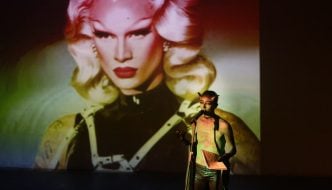
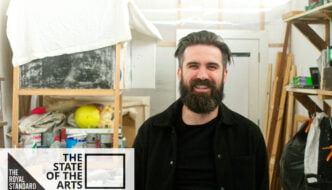
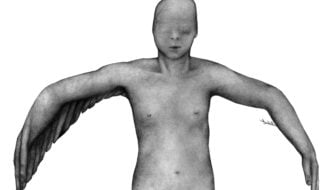
Comments